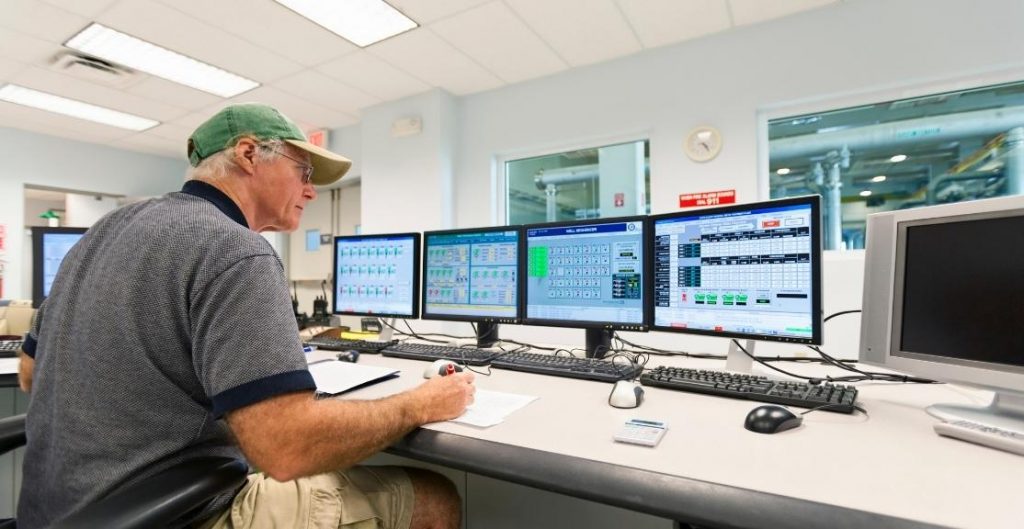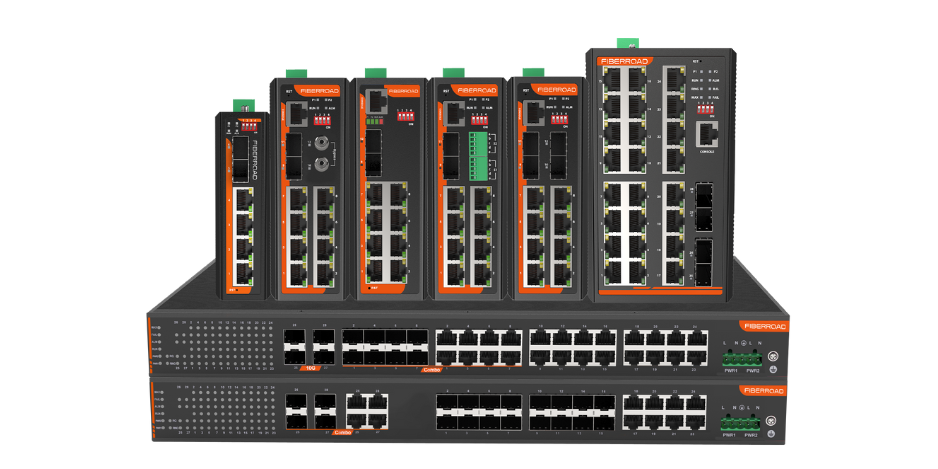What is the Internet of Energy?
The Internet of Energy is a technology that links power generation, distribution, and consumption to optimize energy use and lower costs. IoT technology can help countries manage energy demand more efficiently. For instance, it allows power stations to generate more electricity during peak times and less during off-peak times. This helps prevent power blackouts in the future. As a result, various companies have begun implementing IoT technology in their operations.
The Internet of Energy also helps the energy industry and grid operators meet increasing energy needs. With real-time monitoring, these companies can react to sudden changes in demand. It also gives consumers more tools to manage their energy consumption, resulting in higher energy efficiency. Smart homes also use digital controls to regulate their energy use. They can be controlled by voice commands, remotes, and apps.
The Internet of Energy is a dynamic network infrastructure built on standard communication protocols. It allows energy to be distributed, stored, and forwarded. It also integrates related information to facilitate two-way energy flow. This can help reduce energy production costs and increase efficiency and reliability. Further, it will make energy more affordable for consumers.
The Internet of Energy is an important part of the Internet of Everything. It enables people to interact with smart objects and connects all energy devices to achieve grid balance. This smart interconnection provides grid security and stability and integrates cheap, clean energy. But this technology’s success depends on how well it integrates with existing infrastructure.

The Internet of Energy: Challenges and Purposes
Challenges
The Internet of Energy is a new way to manage energy consumption. It helps countries better manage their electricity demand by allowing power stations to produce more electricity during peak demand and less during off-peak times. But it can also pose significant challenges to the energy industry. One challenge for companies is the complexity of integrating IoT devices into their energy systems. It’s hard to do this without the proper skills. This is a major reason why many companies fail to implement IoT. To overcome these hurdles, electric companies should invest in IoT base systems and hire the right teams of experts to oversee implementation.
Integration of IoT devices into the energy system is not a simple task. Despite the potential benefits, many companies will find it challenging to implement IoT solutions. There are several challenges associated with IoE, and a comprehensive assessment of the challenges and opportunities is necessary to ensure its success.

Purposes
The Internet of Energy (IoE) is a technology that helps manage and monitor energy usage. It is also useful in helping countries to reduce the risk of power blackouts. It enables power stations to produce more electricity during peak periods and less during off-peak times. With widespread implementation, this technology can help avoid future power shortages. Various companies are already using IoT technology for this purpose.
IoT technology can be integrated with renewable energy generation and storage systems, allowing users to program their devices to run when energy is cheaper. This can help reduce carbon emissions and the need to generate power. IoE technology is an exciting new frontier in IoT development.
IoT technology can transform the way power is delivered and used in communities. Demand-side energy management can help communities improve their efficiency and power supply. It can also improve the reliability of energy supplies and allow faster restoration in a major storm. Moreover, IoT technology can help consumers optimize their energy usage by using solar power and battery storage at off-peak times. The technology will make cities more eco-friendly and energy-efficient.
The Internet of Energy can help utilities manage electricity infrastructures by automating processes. It can make meter data actionable for utilities, allowing them to address long-term needs and emerging use cases. In addition, IoE will enable utilities to leverage data to prioritize field crew dispatches.

How Is the Internet of Energy Used?
The Internet of Energy connects the different parts of our energy system. With its ability to share information, the Internet of Energy can improve energy production and delivery. It monitors millions of data points and can help producers, grid operators, and utilities manage their assets. It can also help integrate renewable energy sources into the existing grid. In the face of climate change, renewable energy is becoming more important.
With the Internet of Energy, operators can reduce wasted energy generation. They can direct excess energy to energy storage, which includes complex battery arrays that store power for future use. These batteries can help balance the energy load by storing energy during peak hours. The Internet of Energy utilizes the Internet of Things, which includes many sensors in power plants, transmission lines, substations, and delivery networks. The results are increased efficiency for energy sector players and consumers.
The Internet of Energy uses the principles of the Internet of Things, providing data needed for the efficient operation of energy systems. Ultimately, the goal is to make the power grid more autonomous. This can lead to cost savings, increased efficiencies, and reduced waste. In addition, adopting IoE could prevent power blackouts in the future.
The Importance of the Internet of Energy?
The Internet of Energy can help utilities monitor and manage power grids during extreme events, such as extreme weather or natural disasters. By tracking the state of power grids, utilities can pinpoint trouble spots within microgrids and send out repair crews in time to make things right. This can make the power grid more reliable and reduce costs.
The energy industry is facing a growing demand for energy, which has outpaced that of the previous decade. This is due to the increasing demands in industries, transportation, air conditioning, and home appliances. These energy-intensive industries are also experiencing high demands from the Information and Communication Technologies (ICTs) industry.
The IoT has unlimited potential and has already greatly impacted energy production and consumption. With IoT, renewable energies will become a reality, more efficient, and adaptable. It will also increase consumer confidence in energy production and consumption, making it more sustainable and efficient.
IoT can be used to automate power systems to reduce energy waste. It also allows energy companies to monitor their customers’ energy usage and make informed decisions. This information can control voltage, switch loads, and network configurations. Smart switches in the grid can even identify and isolate troubled areas.
The Internet of Energy is a distributed energy system that connects different systems to optimize energy production. Its various components include energy producers, distribution utilities, and grid operators. Its goal is to improve the efficiency of energy infrastructure and reduce wastage. The Internet of Energy is an ideal platform for energy innovation.





